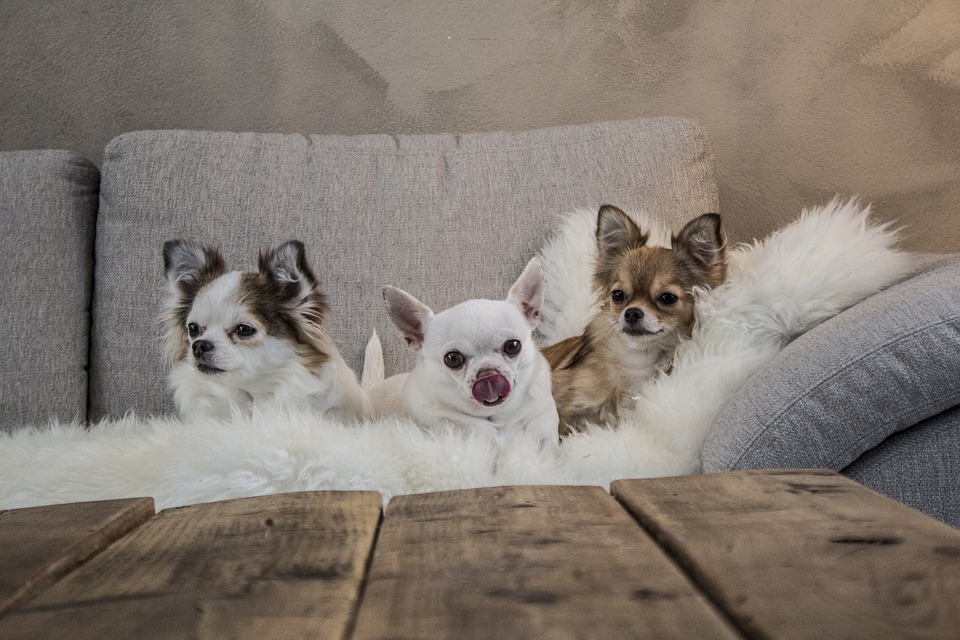Introducing a new puppy to your resident dog can be an exciting but potentially challenging experience. It’s important to take the time and effort to properly introduce the two dogs to ensure a smooth transition and a positive relationship. In this comprehensive guide, we will cover everything you need to know about introducing a new puppy to your resident dog.
Before the initial meeting between the two dogs, it’s crucial to make some preparations to create a safe and controlled environment. First, set up a separate area for your new puppy, such as a crate or a gated room, where they can have their own space and retreat when needed. This will help prevent any potential conflicts or overwhelming situations. Additionally, plan on having a few controlled and supervised meetings between the two dogs. This will allow you to intervene if any issues arise and ensure the safety of both dogs. Lastly, gather essential supplies such as leashes, treats, toys, and other necessary items to have readily available during the introduction process.
Dogs rely heavily on their sense of smell to make sense of the world around them. Before the physical introduction, it’s beneficial to let the dogs become familiar with each other’s scents. You can do this by swapping bedding or toys between the two dogs to help them get used to each other’s smells. Additionally, allow the dogs to sniff items that have the other dog’s scent, such as towels or blankets. This can be done by placing the items in their separate spaces.
Once both dogs are familiar with each other’s scents, it’s time for a controlled face-to-face meeting. Choose a neutral location, like a park or a friend’s yard, for the first meeting. This helps prevent territorial behavior from either dog. Keep both dogs on leashes during the initial meeting to provide control and allow you to separate them if necessary. Reward both dogs with treats, praise, and affection for calm and friendly behavior. This helps create positive associations and reinforces good behavior. Watch both dogs closely for signs of aggression or discomfort. If tensions arise, calmly separate them and try again later.
Now, let’s address some frequently asked questions about introducing a new puppy to your resident dog:
Q1. How long does it take for dogs to get along?
The time it takes for dogs to get along can vary. Some dogs may become fast friends, while others may need weeks or even months to establish a solid relationship. Patience and consistency are key during this process.
Q2. What if my resident dog shows signs of aggression towards the new puppy?
If your resident dog displays aggression towards the new puppy, it’s important to consult with a professional dog trainer or behaviorist. They can assess the situation and provide guidance on how to safely manage the introduction and work towards a positive outcome.
Q3. Should I leave the dogs alone together?
Initially, it’s best to keep the dogs separated when you’re not able to supervise them. Gradually increase their time together once they’ve shown positive interactions and are comfortable in each other’s presence. Always prioritize the safety of both dogs.
Q4. How can I prevent jealousy between my resident dog and the new puppy?
To prevent jealousy, ensure that both dogs receive equal attention, love, and individual time with you. Maintain their established routines as much as possible and avoid favoritism. Additionally, providing separate toys, beds, and feeding areas can help minimize potential conflicts.
By following these guidelines and being patient throughout the process, you can create a strong foundation for a harmonious relationship between your resident dog and new puppy. Remember, each dog is unique, so the introduction may require some adjustments based on their individual personalities and needs. With time and effort, you can help your dogs establish a positive relationship and set the foundation for a harmonious coexistence.









